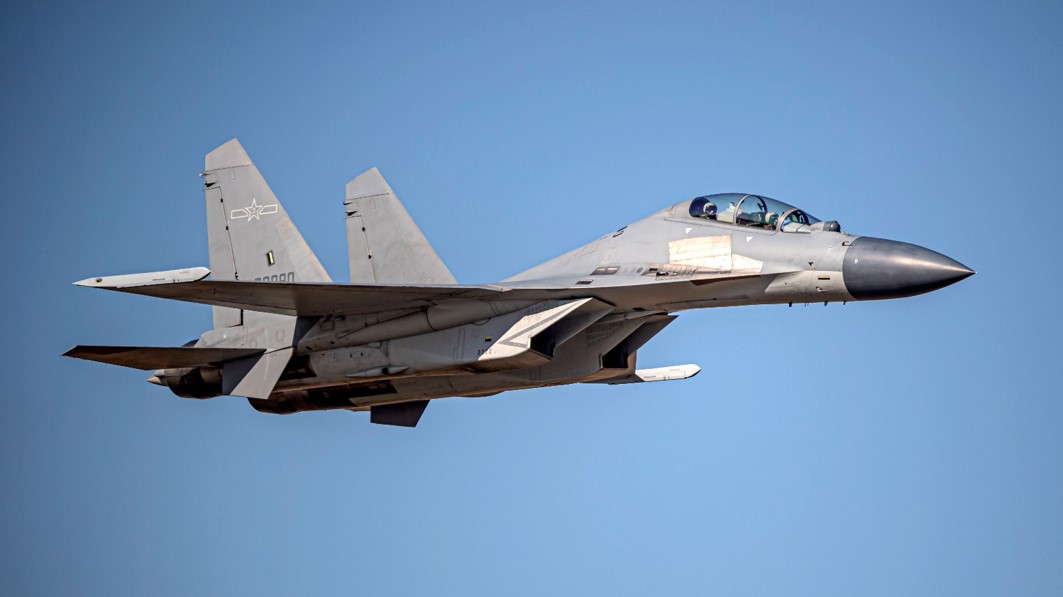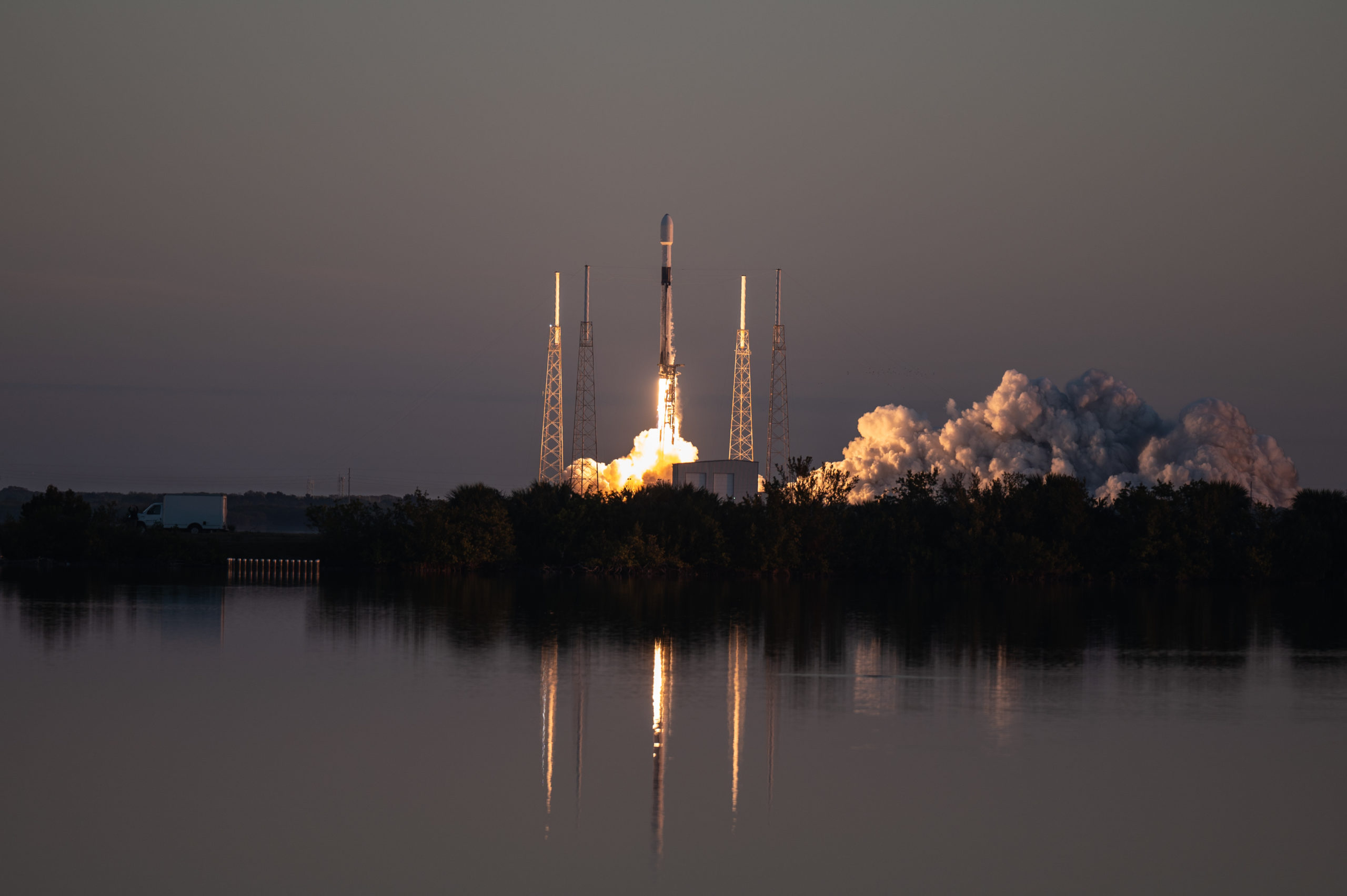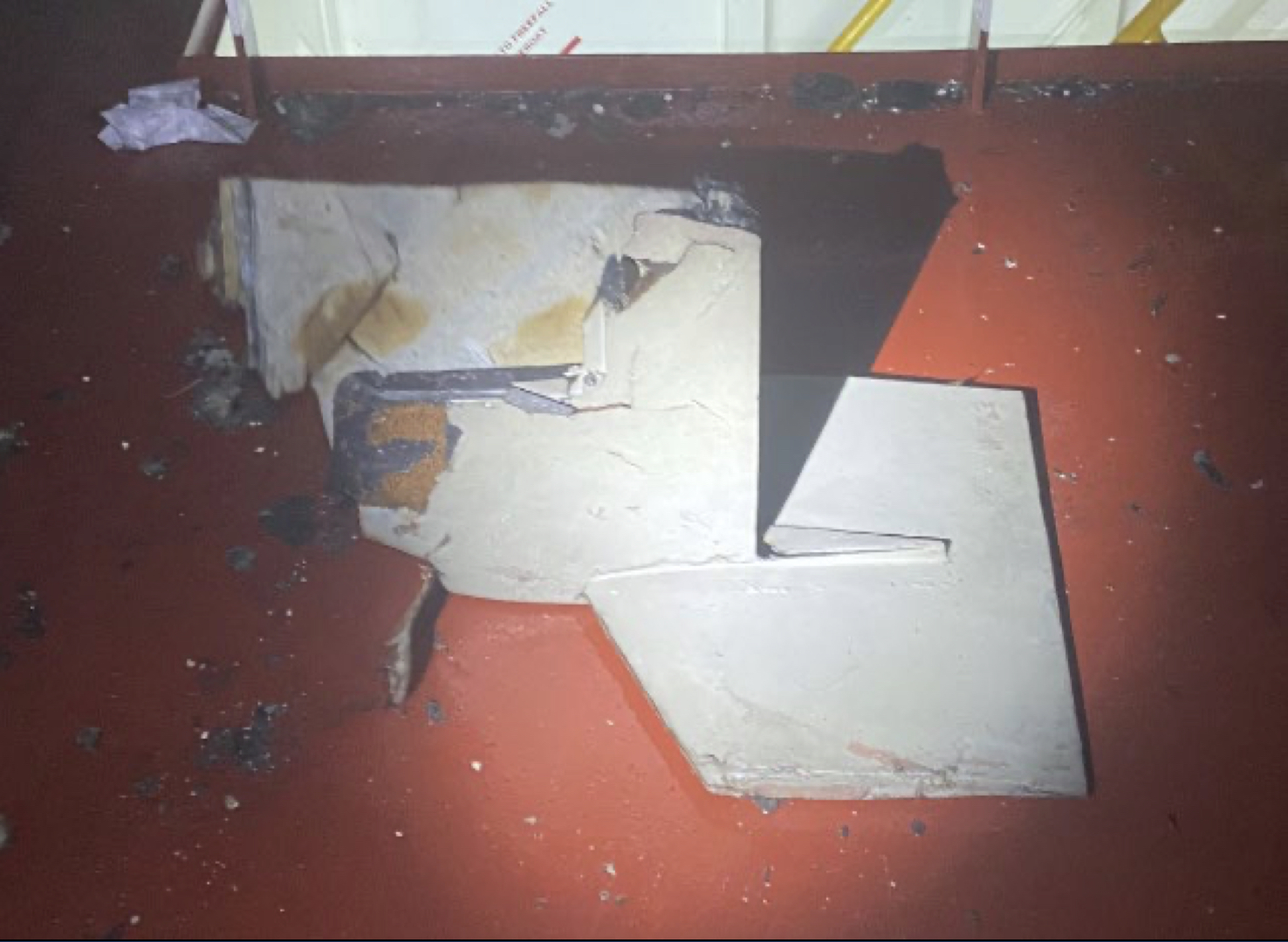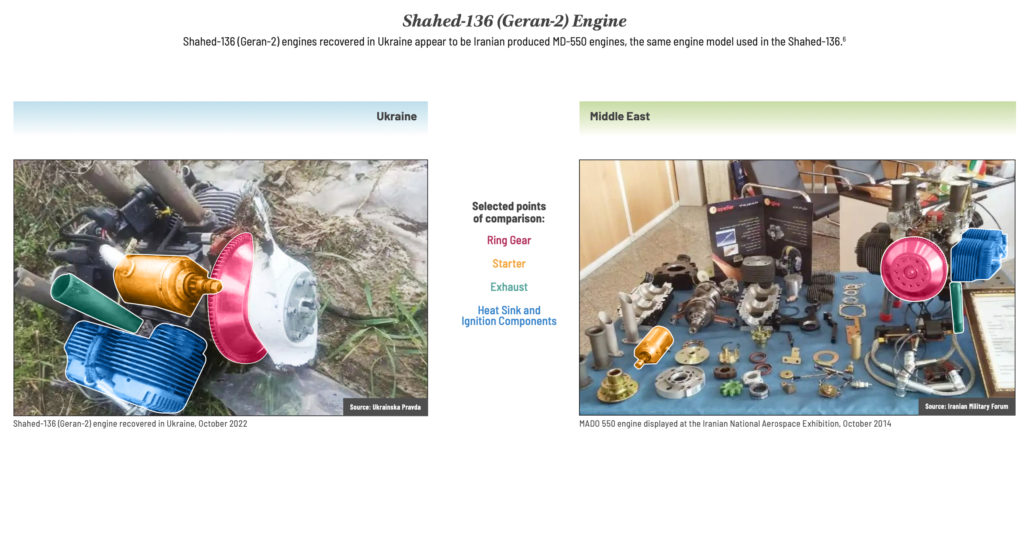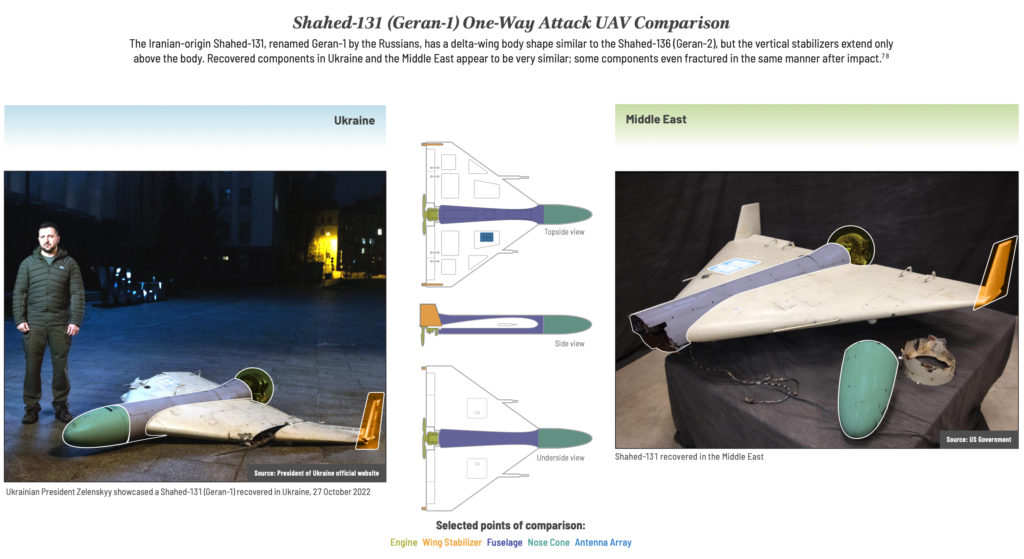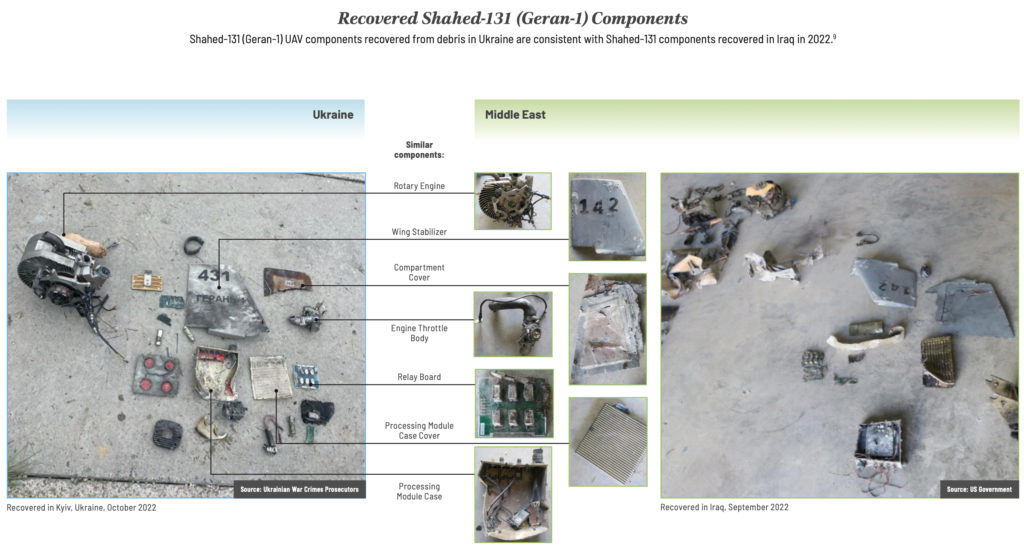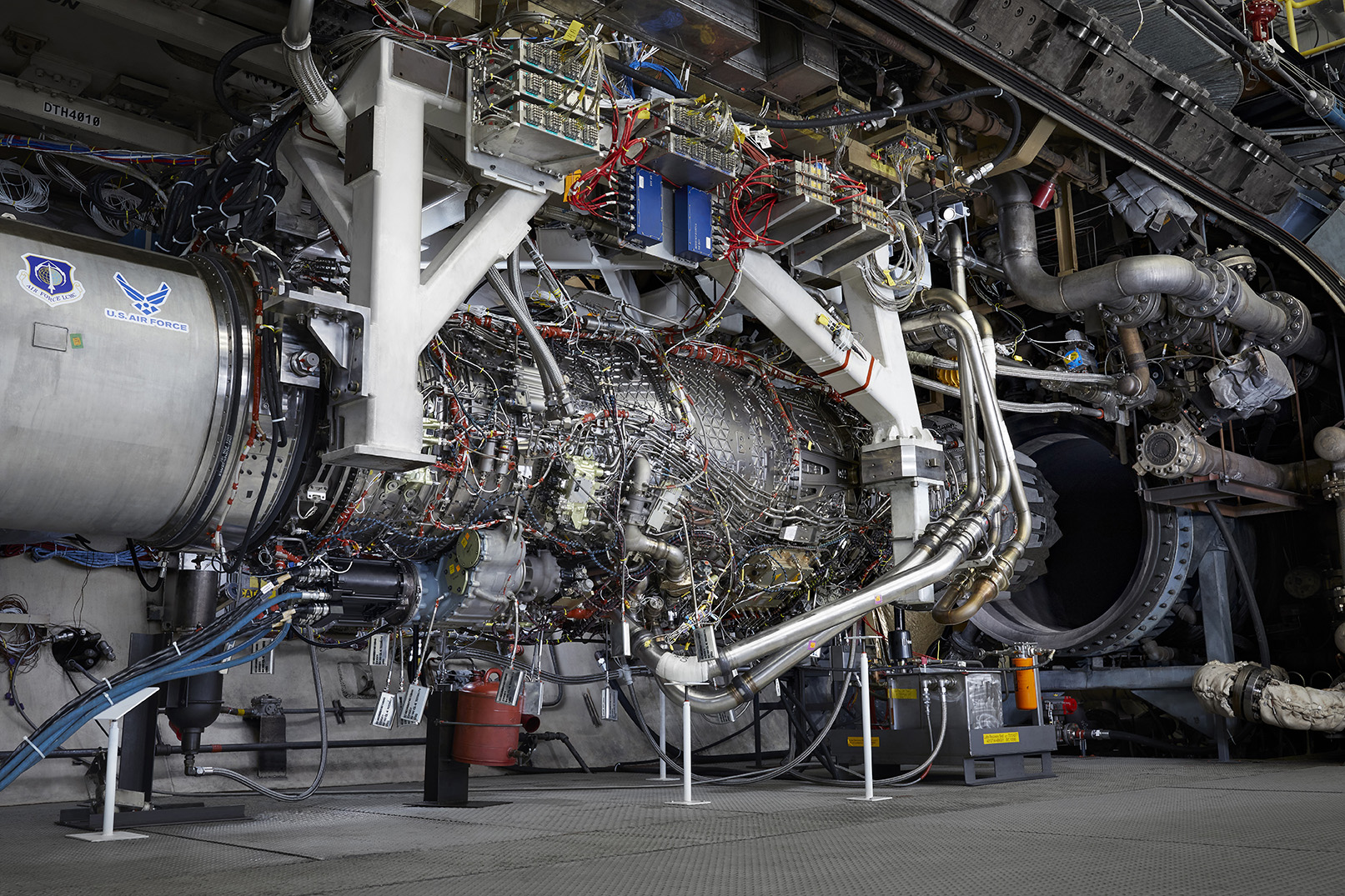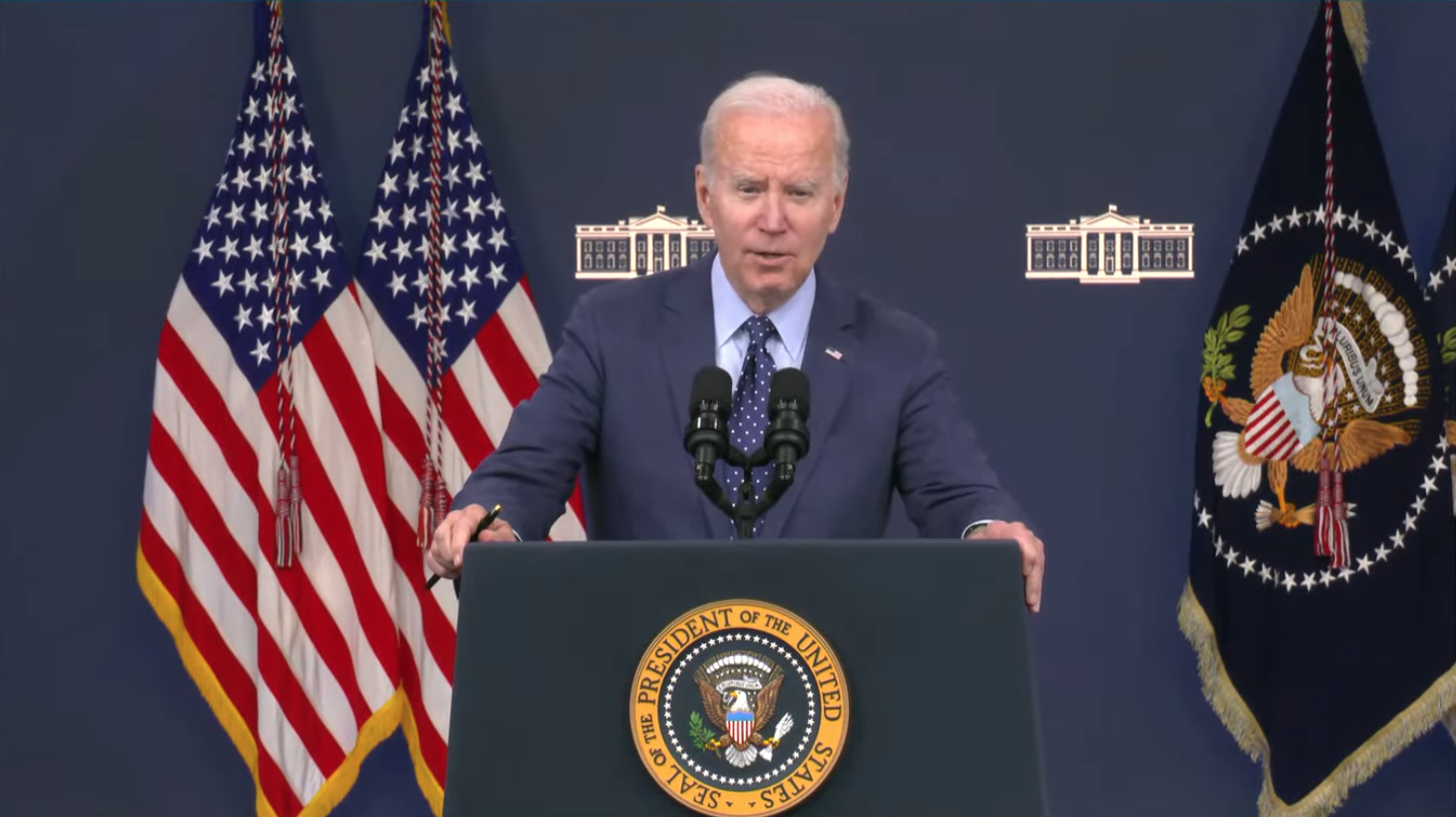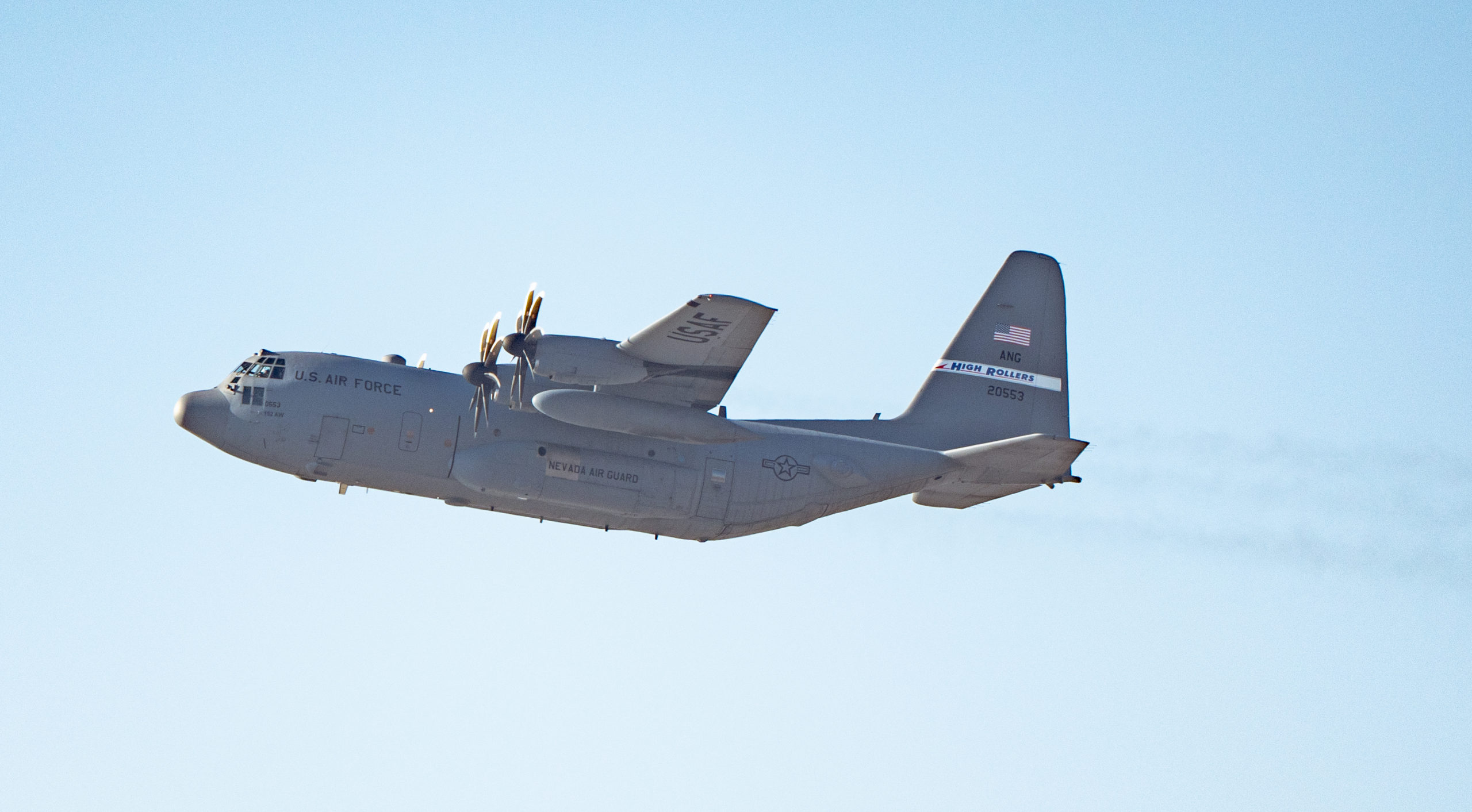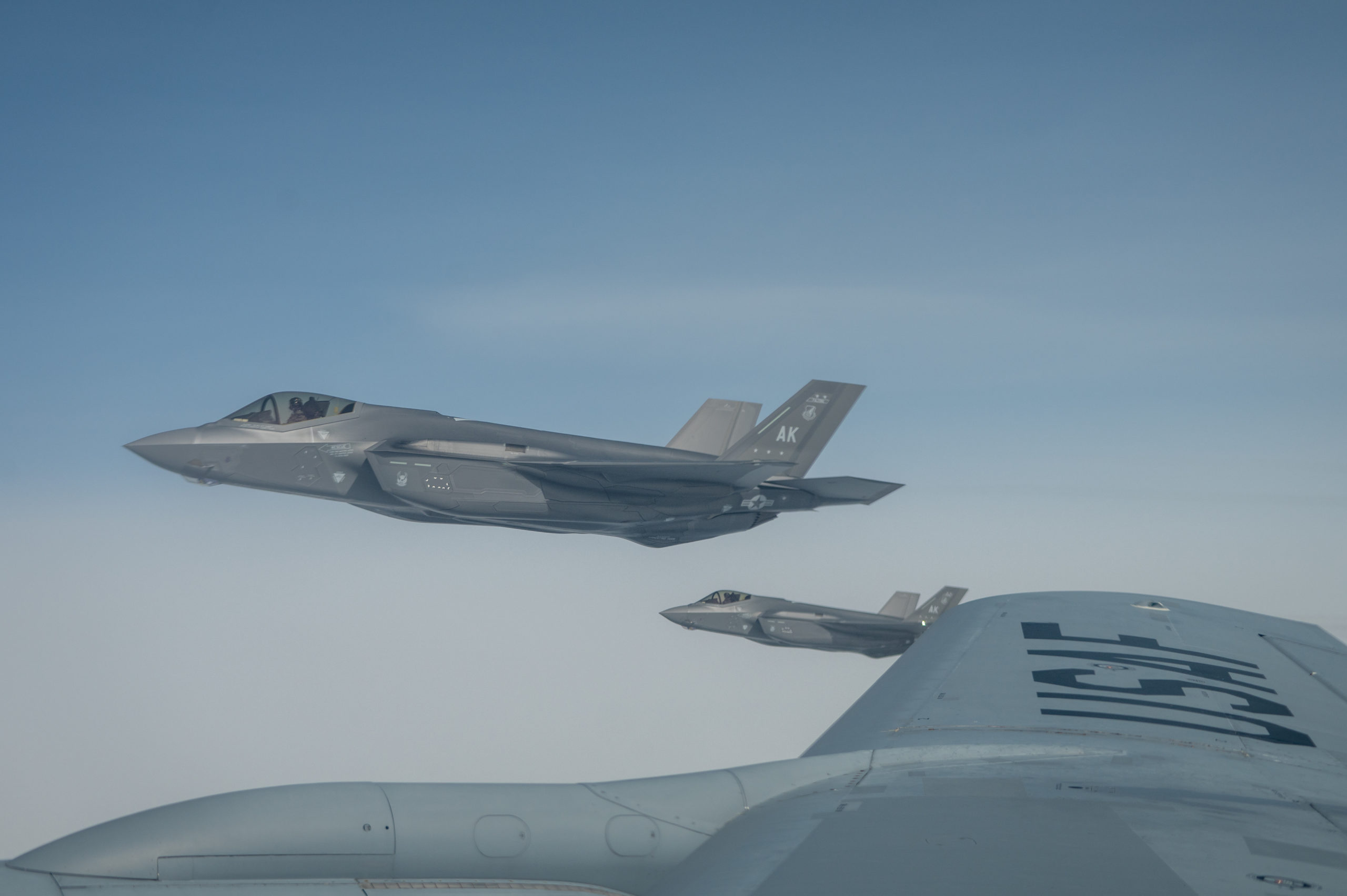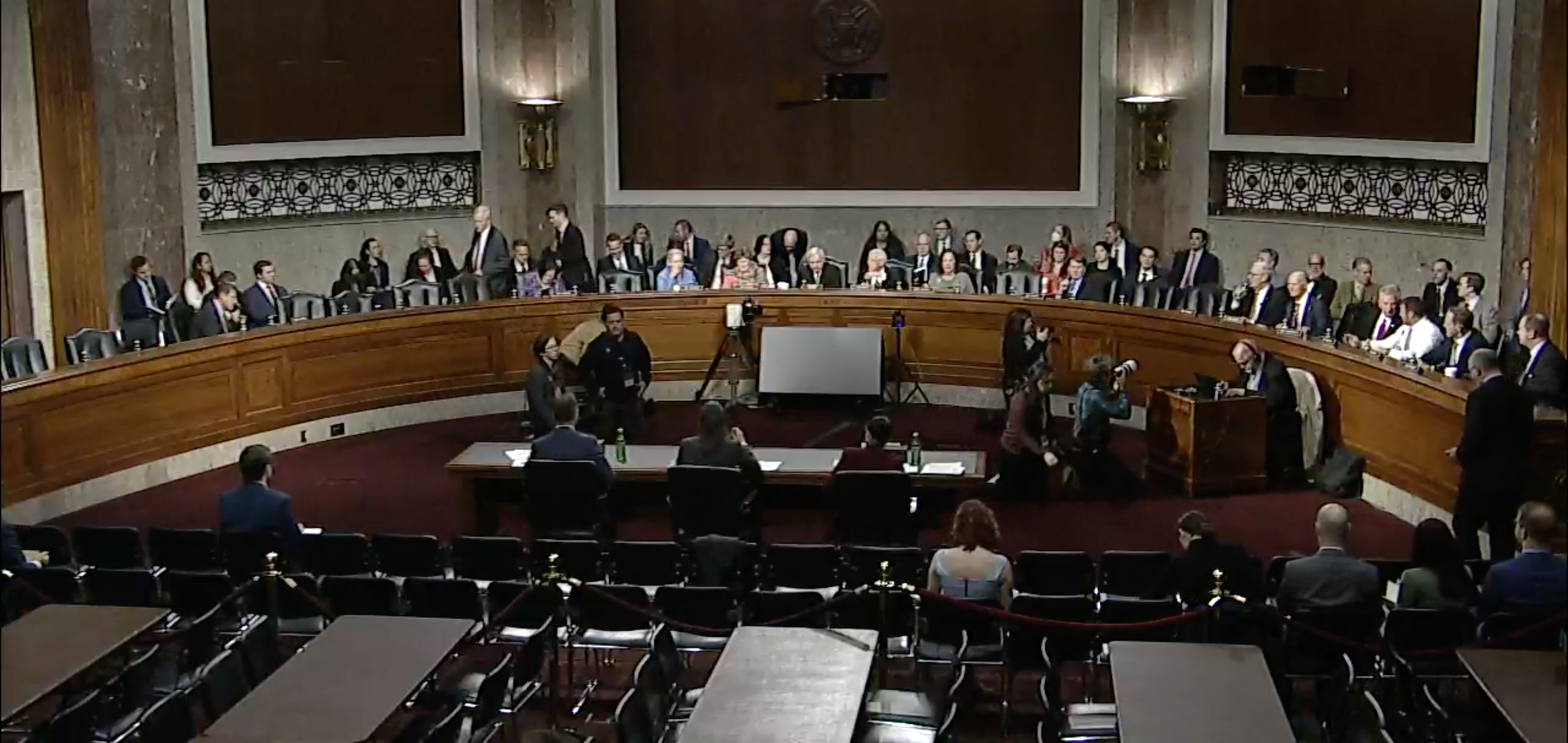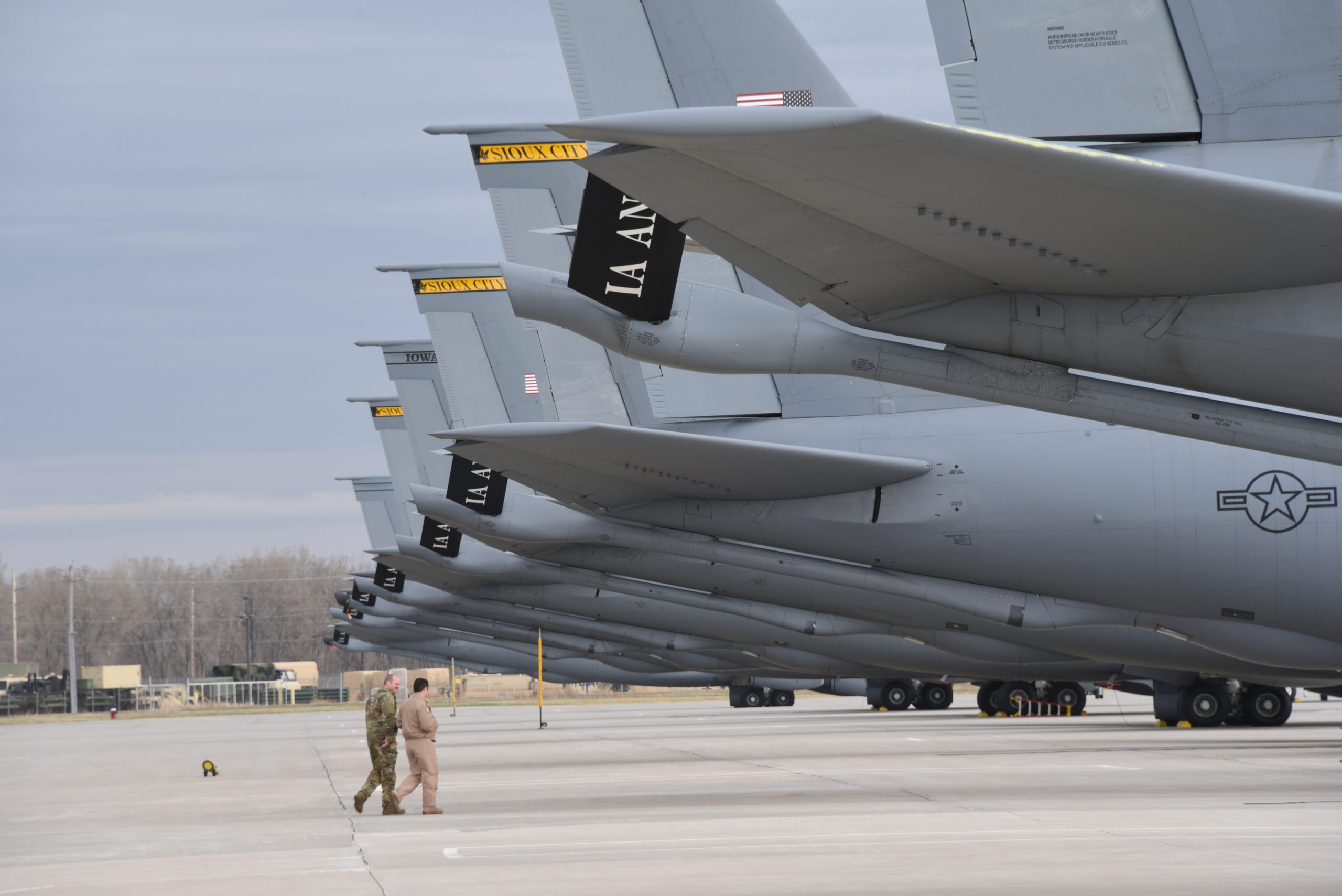China’s many exercises and bluff attack runs against Taiwan’s air and sea defenses since the visit to Taipei of former House Speaker Nancy Pelosi in September 2022 represent a “new normal” for the two countries, the International Institute of Strategic Studies said in the 2023 edition of its annual “The Military Balance” report.
Together with the Russian invasion of Ukraine, China’s aggressive actions offer Taipei “an opportunity to learn how to prepare for and respond to an armed attack,” the report added.
Since the Pelosi visit, the “regular air and naval incursions across the Taiwan Strait ‘median line’, which Beijing has said does not exist” have increased, and are probably calculated to both assess Taiwan’s preparedness and wear down its defenses through repeated scrambles, the IISS said. A byproduct is the opportunity to observe U.S. reactions to the threats, particularly the movement of surface and submarine forces in the area.
While the mock attacks may indeed be dress rehearsals for the real thing, they are in keeping with China’s “grey zone” activities, in which Beijing conducts coercive military operations short of physical violence, such as its “island building” campaign to create airbases in disputed waters. Such tactics will likely continue as long as they are successful, the IISS said.
In the various incursions across Taiwan’s air defense identification zone, dozens of frontline Chinese aircraft and naval vessels behaved as if they were attacking Taiwan but turned away after breaching territorial airspace and waters. In December 2022, some 39 frontline aircraft and three surface combatants were involved. Taiwanese government officials said some of the aircraft and vessels went through the motions of targeting Taiwanese and U.S. vessels in the area.
Though the exercises in August and September were ostensibly a reaction to Pelosi’s visit—Beijing objected to the high-level U.S. official’s recognition of the Taipei government—the activities “were some of the largest organized by the PLA in Taiwan’s vicinity, would have required months of planning and may have been part of Beijing’s overall drive to improve China’s military,” the report notes.
The IISS also acknowledged that the exercises may have been “adapted in light of Pelosi’s visit, or that the PLA was executing a pre-planned contingency response, or a blend of the two.”
Regardless, soon afterwards, the U.S. Defense Security Cooperation Agency “was listing a number of approved sales of defense equipment and support services to Taipei since Biden took office,” including contractor support for Taiwan’s PAVE PAWS long-range surveillance radar system, as well as additional RGM-84L Harpoon Block II coastal-defense missiles and AIM-9X Sidewinder II air-to-air missiles. However, these sales remain subject to Congressional approval.
Taiwan needs to develop a balance of conventional and asymmetric means of responding to both grey zone and “full-scale invasion threats” posed by the People’s Liberation Army, the IISS said. More importantly, Taipei needs to develop “measures to deter Beijing in a worsening political and military-security environment across the Taiwan Strait.”
Taiwan president Tsai Ing-wen has outlined a response to China’s increasing belligerence, which includes:
- Increasing Taiwan’s defense budget year over year
- Increasing production of precision-guided missiles and naval vessels
- Building means of asymmetric warfare
- Increasing domestic production of aircraft
- Creating a self-defense and mobilization agency, also meant to train reservists and provide for civil defense
On this last point, “lessons learned from the war in Ukraine may be more helpful than any gleaned from the post-Pelosi exercises,” the IISS noted.
“For instance, plans have been discussed to raise the duration of conscription from four months to one year. Similarly, Taipei is developing a centralized approach to civil-defense preparedness.” This area has been given inadequate attention in recent years, the IISS said, referring to it as a “bottom-up” approach rather than an overall government-led initiative.
“These efforts remain nascent and, so far, Taiwan lacks the same level of investment in civil defense that Ukraine looked to develop following Russia’s 2014 assault and annexation of Crimea,” the think tank said.
The IISS noted that U.S. officials have urged Taipei to become a “porcupine;” while it may not be able to build enough capability to defeat China in an all-out war, it could make the Chinese pay an unacceptable price for attacking Taiwan.
The think tank also noted that while President Joe Biden has “on several occasions mentioned the United States’ unequivocal military support for Taiwan in any armed attack launched by the PLA,” Taipei and the U.S. “reportedly disagree about how much focus should be placed on the development of asymmetric capabilities,” with the U.S. urging more effort along these lines.
China has begun using commercial unmanned aerial vehicles to penetrate Taiwan’s ADIZ and “conduct surveillance of islands close to the Chinese mainland.” After a few of these incursions went unchallenged, Taiwan has shot down at least one such UAV “likely in an attempt to set a precedent against further provocation,” the IISS reported.
Taiwan will upgrade its air defenses with 70 F-16 Block 70 aircraft, the most-advanced version of the Fighting Falcon, and the first example of which will be delivered to Bahrain in March. Taipei also “maintains an interest in the F-35,” but the U.S. has kept it off the table as being potentially too provocative.
“In 2022, Taiwan’s purchase of MQ-9B UAVs was confirmed,” and it has budgeted for HIMARS, ATACMS, SRBMs, and precision-guided rockets, types which either have been or are expected to be significant in the Ukraine war.
While Taiwan maintains a defense industrial base “with strengths in aerospace, shipbuilding and missiles,” a new defense industrial policy adopted in 2019 “is aimed at further strengthening independent defense-manufacturing capacities,” the IISS reported.
